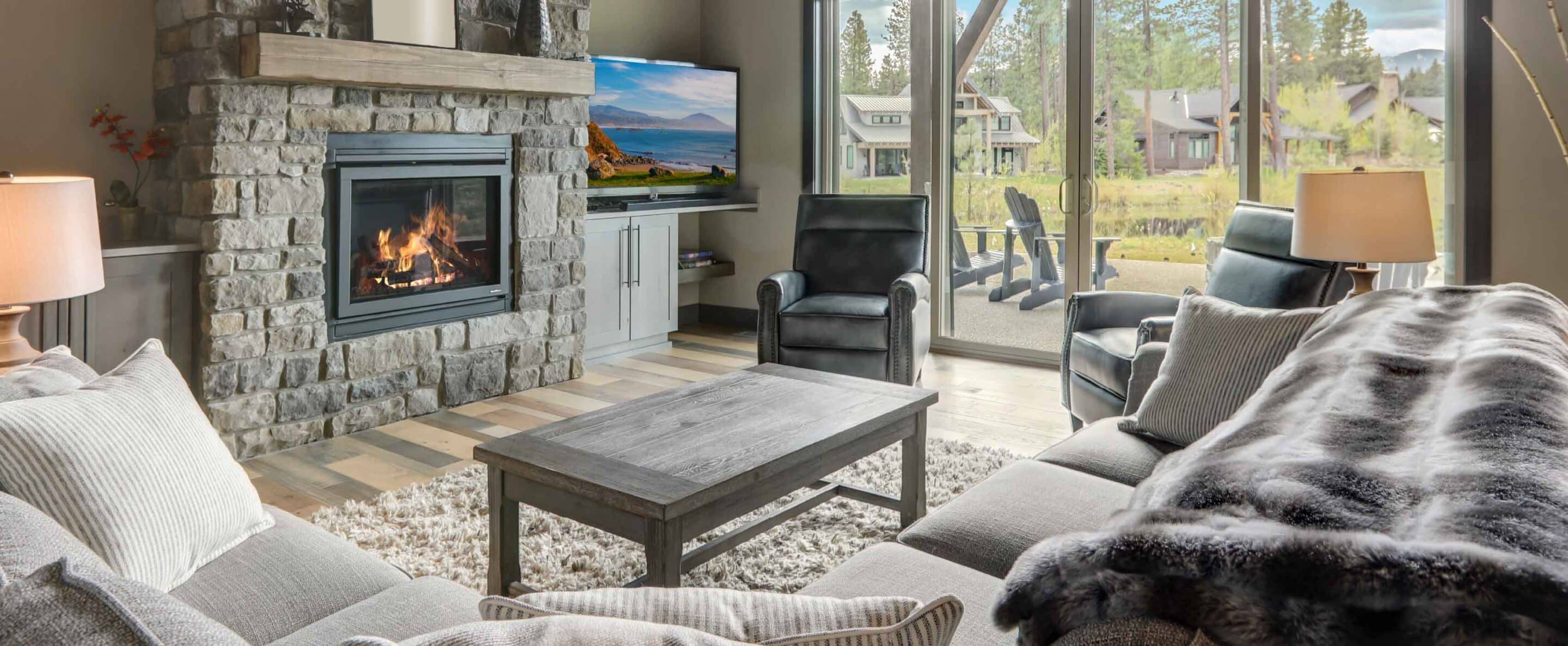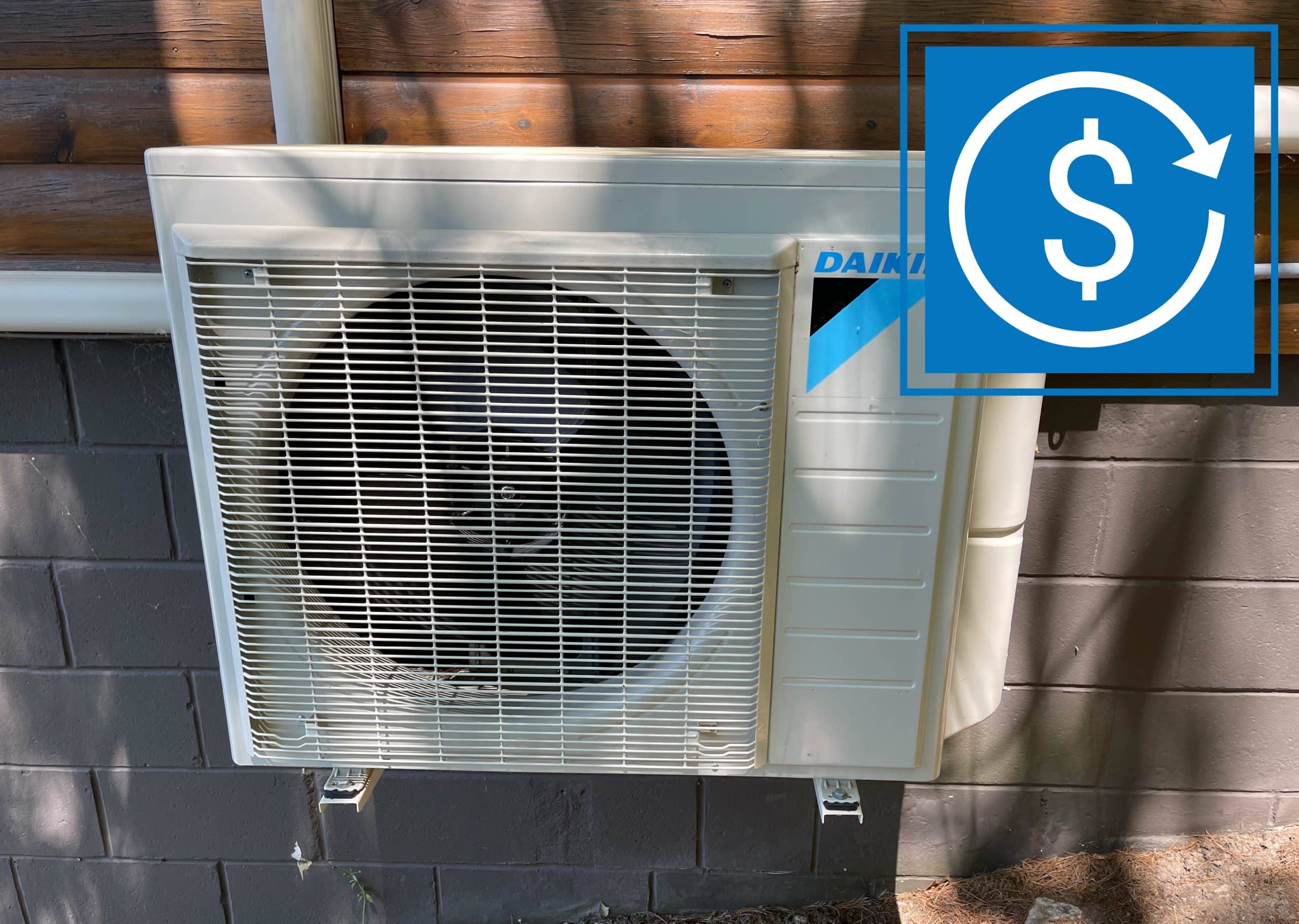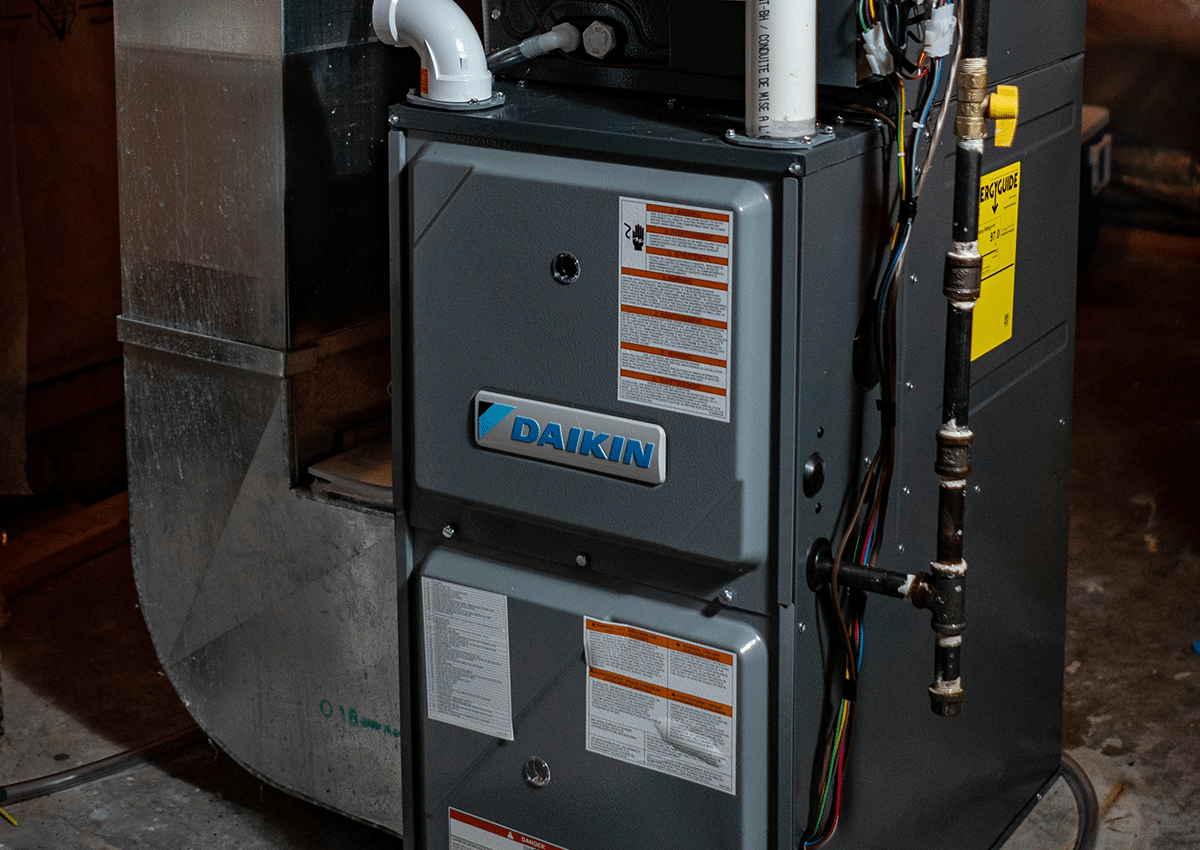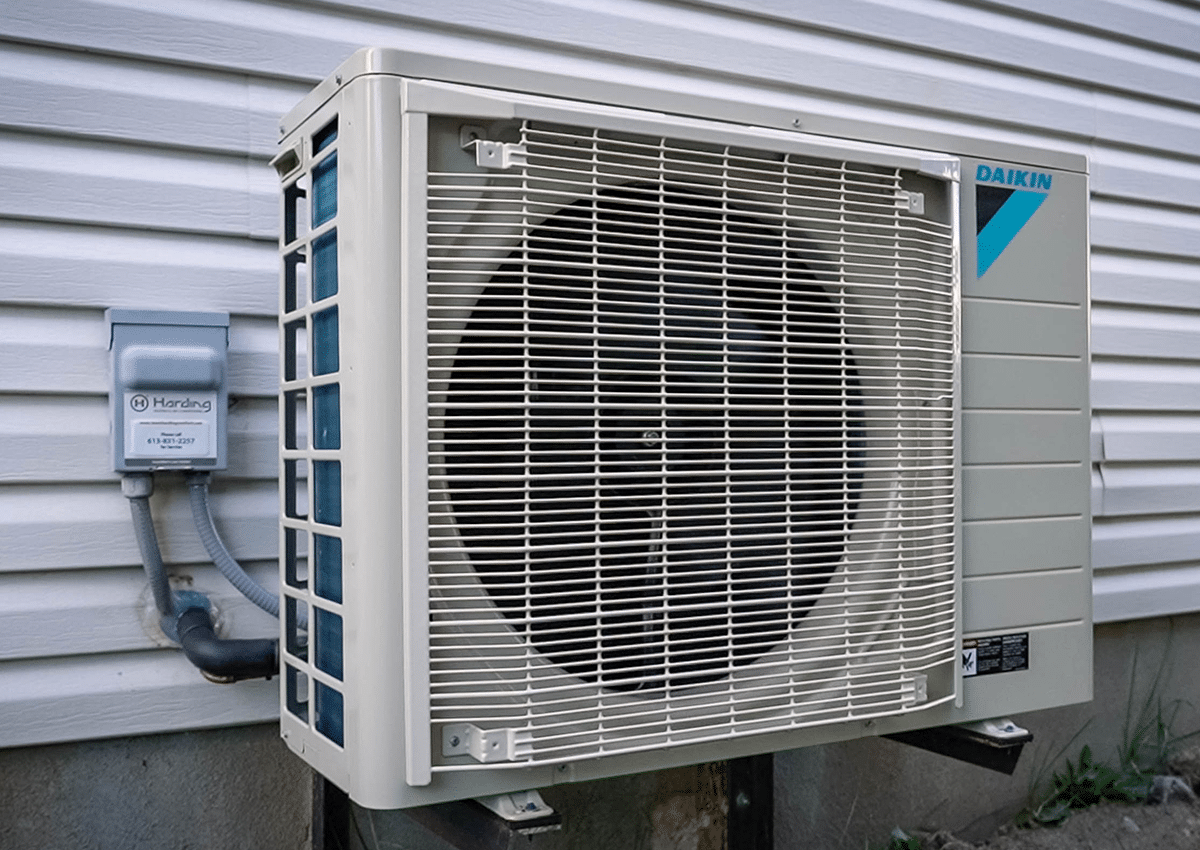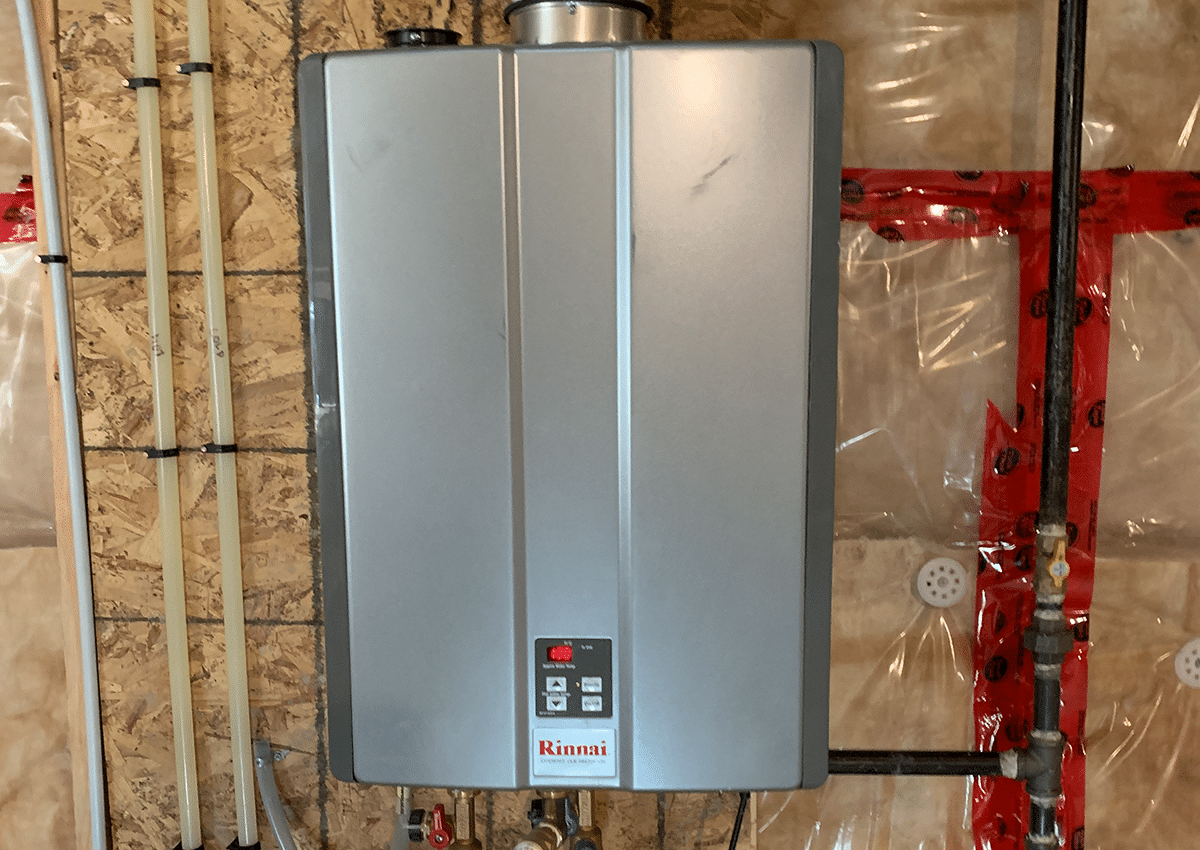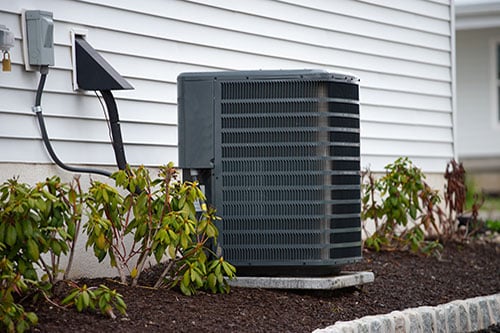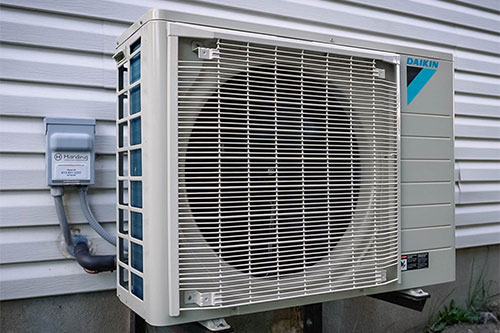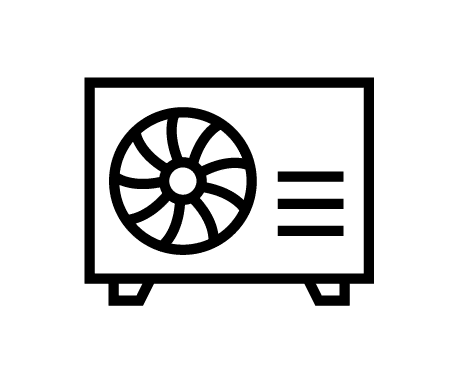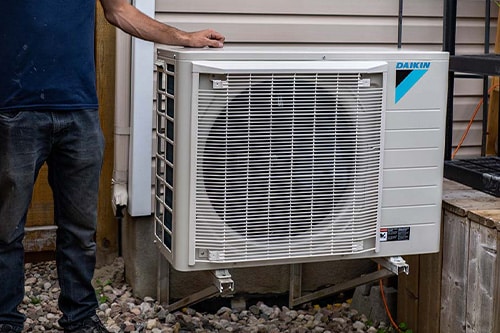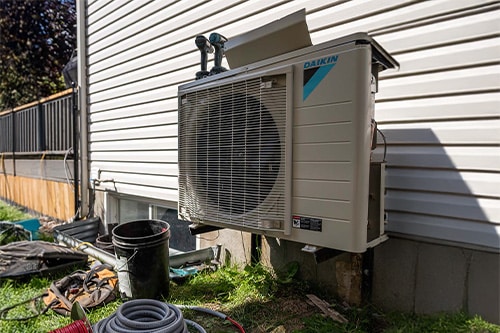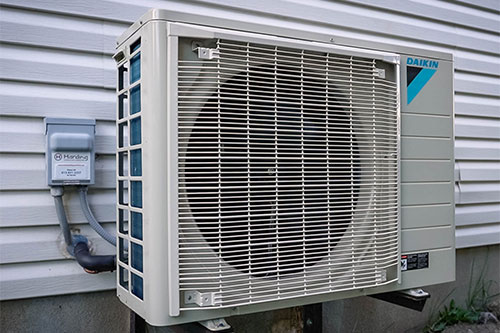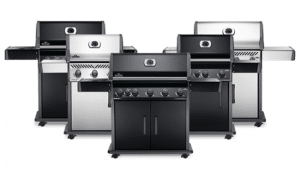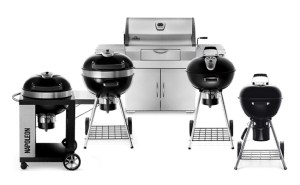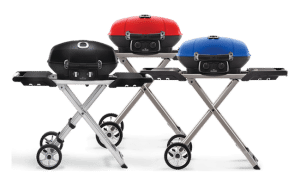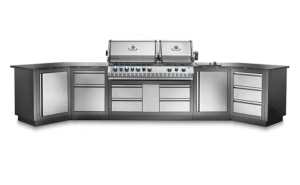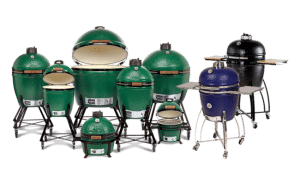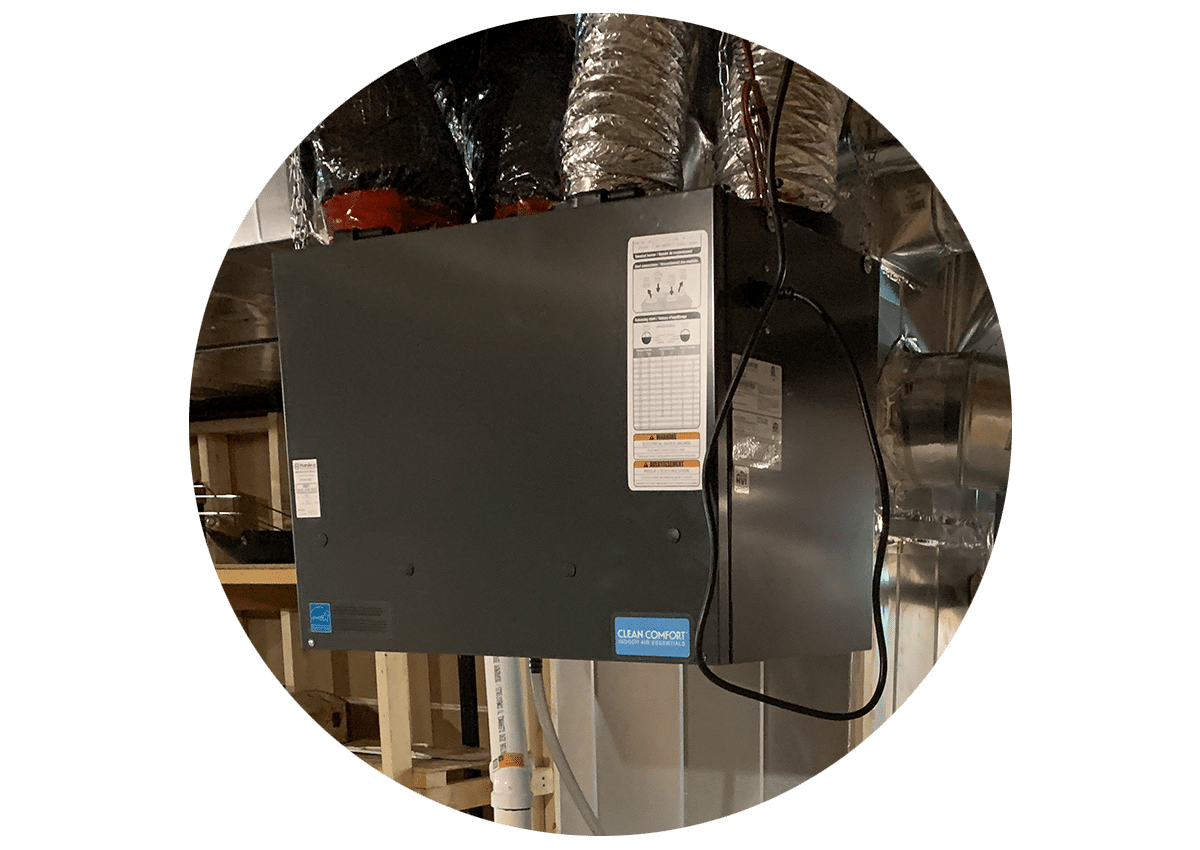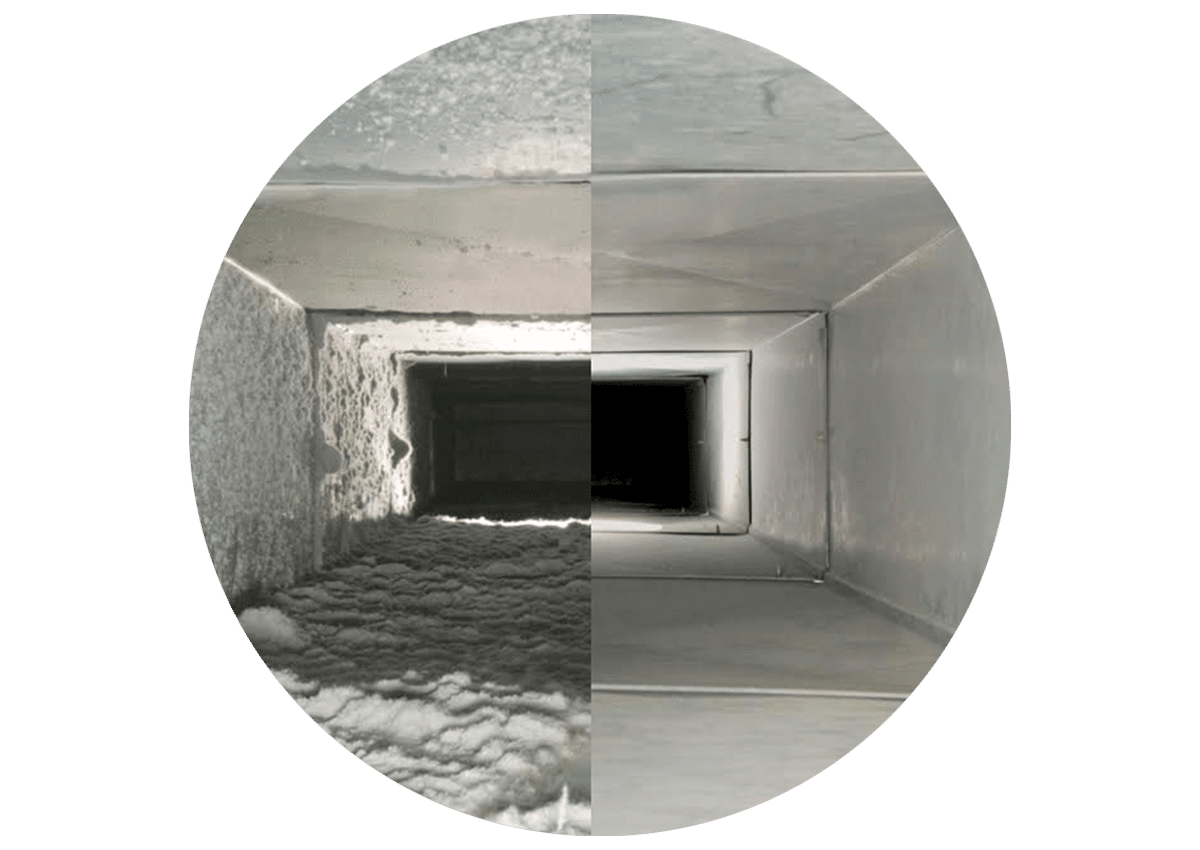Grilling is a lifelong hobby. From choosing the right grill to learning temperature control and seasoning, it’s a journey of endless practice. But once you’ve mastered the basics, there’s another layer that separates the good from the great: smoke.
Many grillers are surprised to learn just how much smoke influences flavour. If you want to take your backyard cooking to steakhouse levels, understanding how to manage smoke is essential. Let’s break down BBQ smoking techniques and how to get the most out of your grill or smoker.
What Is Smoke, Really?
In grilling, smoke is more than just the byproduct of fire. It’s a powerful flavour enhancer. Different types of smoke can drastically affect your food. The key is knowing which is which.
- Black smoke: A sign something is off, like blocked airflow or burning grease.
- Gray smoke: Usually from non-food elements like drippings. It leaves a bitter flavour.
- White smoke: Also known as “dirty smoke,” this can overpower and ruin your meal.
- Blue smoke: The goal. Thin, almost invisible, and perfect for adding subtle flavour.
Think of smoke like a seasoning that clings to your food, just like campfire smoke clings to your clothes. The type of wood and how you burn it makes a big difference.
Choosing the Right Smoking Wood
Not all woods are created equal. The smoke flavour depends on the variety of wood, and certain woods pair better with specific meats.
- Apple or cherry: Great for chicken, fish, and pork. Light and sweet.
- Maple: Mild and ideal for poultry.
- Hickory or mesquite: Strong flavours, perfect for beef or ribs.
- Pecan: Nutty and rich, excellent for pork.
Techniques for Controlling Smoke
1. Mastering Airflow
Smoke control begins with airflow. Whether you’re using a classic charcoal smoker or a ceramic grill, your vents are everything.
- Bottom vent (intake): Brings in air.
- Top vent (exhaust): Releases heat and smoke.
The more air you allow in, the hotter your fire burns. For smoking, aim for low and slow. Keep vents partially closed and steady to produce clean, blue smoke. Using tools like a ceramic heat deflector helps create indirect heat, perfect for slow smoking without burning the meat.
2. Balance Wood and Charcoal
Your fuel ratio matters. Start with 30% wood and 70% charcoal. Increase or reduce wood as you develop your taste preferences. More wood equals more smoke, but too much can overwhelm your dish.
3. Clean Smoke vs. Dirty Smoke
Clean smoke is the goal. Dirty smoke means poor combustion or too much moisture. Avoid it by:
- Lighting your grill properly
- Keeping it clean and dry
- Using high-quality fuel
- Managing airflow correctly
4. Time It Right
The best time to introduce smoke is early in the cook. Meat absorbs smoke flavour best when it’s raw and moist. For low-and-slow cuts like brisket, focus the smoke in the first few hours. Poultry and fish absorb smoke faster, so time accordingly.
Advanced BBQ Smoking Techniques
Once you’ve got the hang of clean smoke and airflow, try stepping it up.
Layering Woods
Mix mild and strong woods for complex flavours. A few ideas:
- Beef: Oak and hickory
- Pork: Pecan and cherry
- Chicken: Apple and maple
- Fish: Cherry and maple
Use more of the mild wood and just a bit of the strong one.
Adding Moisture
Introduce moisture for softer smoke and juicier meat. Soak wood chips in water, apple juice, or even whiskey. You can also add a water pan inside the grill to stabilize temperature and reduce dryness.
Experimenting with Density and Temperature
Want stronger flavour? Try bolder woods or limit airflow. Need a lighter touch? Increase airflow and use dry wood. Small adjustments go a long way, so don’t be afraid to test and tweak.
Common Pitfalls to Avoid
Over-smoking
Too much smoke leads to bitter, acrid flavour and dry meat. Use smoke sparingly and match wood to the meat type.
Wrong wood choice
Delicate meats like chicken or fish don’t hold up to strong woods like mesquite. Use a wood chart or ask a BBQ expert when unsure.
Poor airflow
Blocked vents or dirty grills cause smoke to stagnate and overcook food. Keep your smoker clean and the air moving.
Final Thoughts
Mastering BBQ smoking techniques takes time, but that’s part of the fun. Every grill, every wood, and every meal gives you new insights. Whether you’re just starting or experimenting with advanced methods, always aim for clean smoke, proper wood choice, and controlled airflow.
At Harding The Fireplace, we carry a full selection of BBQs, smokers, accessories, and top brands like the Big Green Egg. Visit our showroom to see how we can help level up your grilling experience.
Ready to elevate your smoking game?
Visit our showroom at 200 Nipissing Ct, Kanata.
Follow us on Instagram and Facebook!
Team Harding is Ottawa’s go-to destination for grills, fireplaces, and outdoor heat options. We’re stocked with the brands you know and love

